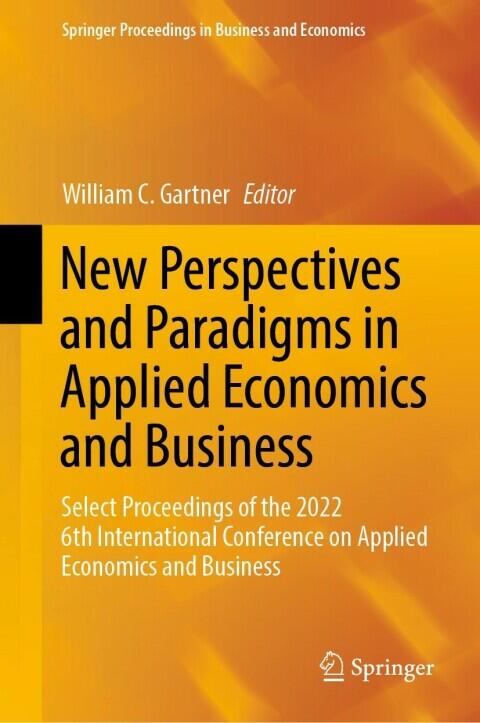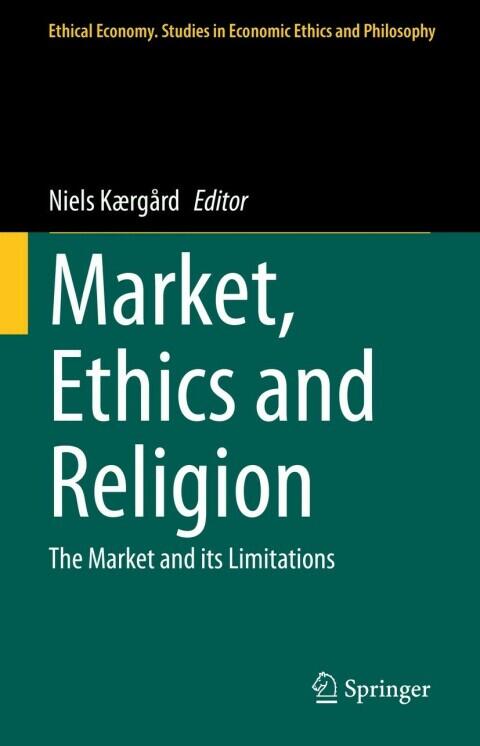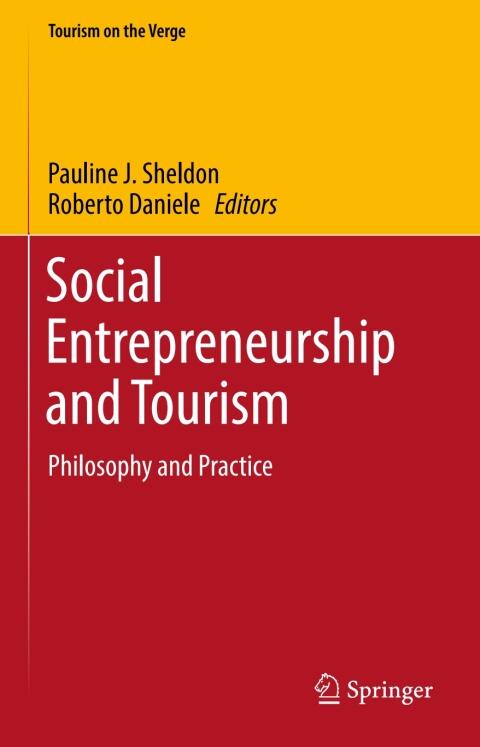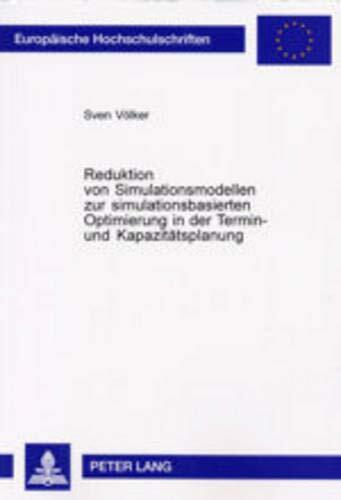
Die Entwicklung des neuen Strukturalismus seit 1973
بواسطة
Professor Dr. Dr. Wolfgang Stegmüller
لا توجد تقييمات بعد
Business & Economics
تنسيق
غلاف صلب
صفحات
480
لغة
الألمانية
منشور
Dec 1, 1985
الناشر
Springer
الطبعة
1986
رقم ISBN-10
3540157077
رقم ISBN-13
9783540157076
الوصف
In his comprehensive exploration of the evolution of neostructuralism since 1973, Professor Dr. Dr. Wolfgang Stegmüller delves into the core principles of scientific theory and analytical philosophy. He interrogates the foundational changes that have shaped these fields, offering insights into how structuralism has adapted and evolved over the decades. The work serves as both a historical account and a critical analysis, aiming to illuminate the ongoing relevance of neostructuralist thought in contemporary philosophical discourse.
Stegmüller rigorously examines key philosophic movements that have influenced neostructuralism, discussing how various theories have emerged and transformed in response to scientific advancements. His thorough examination not only highlights the intellectual heritage of structuralism but also brings to light the practical implications of these theories in both science and philosophy.
With a keen analytical eye, Stegmüller engages with complex ideas, making them accessible while challenging readers to reconsider established notions. This book stands as a significant contribution to the understanding of the interplay between philosophy and science, enriching the reader's perspective on the ongoing dialogue in these disciplines.
Stegmüller rigorously examines key philosophic movements that have influenced neostructuralism, discussing how various theories have emerged and transformed in response to scientific advancements. His thorough examination not only highlights the intellectual heritage of structuralism but also brings to light the practical implications of these theories in both science and philosophy.
With a keen analytical eye, Stegmüller engages with complex ideas, making them accessible while challenging readers to reconsider established notions. This book stands as a significant contribution to the understanding of the interplay between philosophy and science, enriching the reader's perspective on the ongoing dialogue in these disciplines.



















